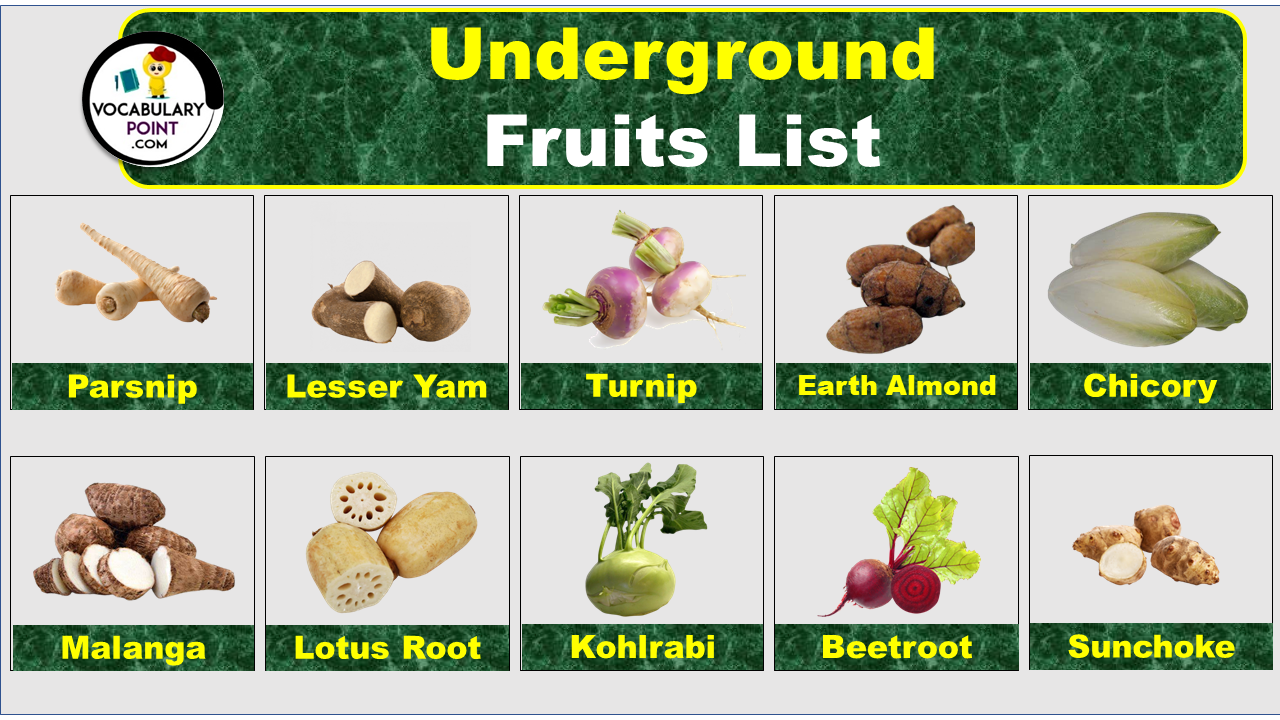Hidden beneath the surface of our bustling cities lies a secret world of culinary delights waiting to be discovered. Unbeknownst to many, there are a variety of fruits that thrive in the darkness and seclusion of underground spaces. From deep-rooted treasures to subterranean surprises, these hidden gems offer a unique and tantalizing taste experience. Join us on an exploration into the mysterious depths where we uncover an underground fruits list, showcasing nature’s fascinating ability to adapt and flourish in unexpected places.
Fruits That Grow In The Ground
Yacón
A sweet, crunchy tuber resembling a sweet potato, Yacón is native to South America and known for its juicy texture and pear-like flavor.
Parsnip
A root vegetable similar to a carrot, Parsnips are sweet, nutty, and used in soups, stews, and roasted dishes.
Purple Sweet Potato
Rich in antioxidants, Purple Sweet Potato has a vibrant purple flesh, sweet flavor, and is used in a variety of dishes, from baked goods to salads.
Onion
A staple in many cuisines worldwide, Onions have a pungent flavor that sweetens upon cooking, used raw or cooked in myriad dishes.
Lesser Yam
A tropical tuber with a starchy texture and mild flavor, Lesser Yam is widely consumed in Africa and Asia, boiled, fried, or pounded.
Salsify
Also known as the oyster plant, Salsify is a root vegetable with a creamy texture and a flavor reminiscent of oysters when cooked.
Jicama
A crunchy, sweet root vegetable, Jicama is eaten raw in salads or cooked in stir-fries and other dishes for its refreshing water chestnut-like texture.
Chinese Tuber Mustard
A root vegetable known for its spicy, mustard-like flavor, often pickled or used in Chinese cuisine to add zest to dishes.
Onion Squill
A bulbous plant with edible bulbs, Onion Squill is used in traditional Mediterranean dishes for its onion-like flavor.
Japanese Bunching Onion
Also known as scallions or green onions, these are mild in flavor and used both raw and cooked in salads, soups, and as a garnish.
Leek
A vegetable with a mild, onion-like taste, Leeks are used in soups, stews, and quiches for their sweet and subtle flavor.
Guernsey Lily
Mainly ornamental, the Guernsey Lily is noted for its striking flowers, not commonly used as a food source.
Winged Yam
A tropical vine producing large tubers, Winged Yam is starchy and used in similar culinary applications as regular yams.
Daikon
A large, white radish with a crisp texture and mild flavor, Daikon is used in Asian cuisine raw, cooked, or pickled.
Nahuatl Yam
Less commonly known, Nahuatl Yam refers to a variety of indigenous tubers from the Nahuatl-speaking regions, valued for their nutritional content.
Carrot
A popular root vegetable, Carrots are crunchy, sweet, and loaded with beta-carotene, used raw, cooked, or as juice.
Velvet Tamarind
A small, sweet, and tangy fruit with a velvety shell, Velvet Tamarind is eaten as a snack or used in traditional African medicine.
Sunchoke
Also known as Jerusalem Artichoke, Sunchoke is a tuber with a nutty, sweet flavor, eaten raw or cooked, and does not form starch like potatoes.
Horseradish
A root vegetable known for its pungent, spicy flavor, Horseradish is grated and used as a condiment in sauces and dressings.
Earth Almond
Also known as Tiger Nut, Earth Almond is a tuber with a sweet, nutty flavor, used in snacks, drinks, and gluten-free baking.
Earthnut Pea
A tuber-producing legume, Earthnut Pea has sweet, nutty-flavored tubers, historically used as a food source in Europe.
Hottentot Bread
An underground tuber eaten by indigenous peoples of South Africa, Hottentot Bread is starchy and used as a carbohydrate source.
Zigzag Vine
Known for its fruit that is used in jams and jellies, Zigzag Vine is native to Australia, not primarily known for its tuber.
Sea Onion
An ornamental plant known for its large bulb and medicinal properties, Sea Onion is not commonly used as a food source.
Garlic
A key ingredient in many cuisines, Garlic has a strong, pungent flavor, used to enhance savory dishes.
Tiger Nut
Not a nut but a tuber, Tiger Nut is sweet, chewy, and used in making horchata de chufa, a sweet, milky drink popular in Spain.
Yam
A staple tuber in many tropical regions, Yams are starchy and can be used in a variety of dishes, both sweet and savory.
Yam Bean
Also known as Jicama, Yam Bean is crunchy and sweet, often eaten raw in salads or cooked in Asian and Mexican cuisines.
Arrowleaf Elephant Ear
A tropical plant with large leaves, its tuber is cooked and eaten in some cultures, similar to taro.
Skirret Root
An ancient root vegetable, Skirret has sweet, white roots used in cooking for their pleasant taste.
Ginger
A root with a fiery, zesty flavor, Ginger is used worldwide in cooking and as a remedy for various ailments.
Potato
A staple food around the world, Potatoes are versatile, used in countless dishes from mashed to fried forms.
Ulluco
A brightly colored tuber, Ulluco is crunchy and mild, popular in South American cuisine for its nutty flavor.
Winged Bean Tubers
The tuberous roots of the Winged Bean, eaten as a vegetable in some Asian countries, similar to potato but more protein-rich.
Indian Lotus
Known for its seeds and flowers, the root of the Indian Lotus is also edible, crunchy, and used in Asian cuisines.
Kaffir Lily
Primarily an ornamental plant, the Kaffir Lily is not widely recognized for edible uses.
Malanga
A root vegetable similar to taro, Malanga is starchy and nutty, used in Caribbean and South American cuisines.
Radish
A root vegetable with a peppery flavor, Radishes are eaten raw in salads or cooked, adding a crisp texture and spicy taste.
Chinese Water Chestnut
A crunchy, sweet tuber, Chinese Water Chestnut is used in Asian cooking, both raw and cooked for its apple-like texture.
Sprouting Yam
A variety of yam that can be eaten once sprouted, known for its nutritional content and used in various culinary applications.
Mashua
A tuber with a peppery taste, Mashua is native to the Andes and used in traditional South American dishes.
Oca
A colorful Andean tuber, Oca is sweet and tangy, eaten raw or cooked, and appreciated for its unique flavor.
Mashua Tuber
Similar to Mashua, the tuber is known for its role in Andean cuisine, offering a slightly spicy and tangy flavor.
Maranta
Also known as Arrowroot, Maranta is used to produce a starch used in cooking as a thickening agent.
New Zealand Yam
Also known as Oca, New Zealand Yam is tuberous, sweet, slightly tangy, and versatile in cooking.
Arrowroot
A starch obtained from the rhizomes of Maranta arundinacea, Arrowroot is used as a thickener in cooking.
Wild Potato Vine
A vine producing tubers similar to potatoes, not commonly cultivated but known in some indigenous cultures.
Japanese Artichoke
Also known as Crosne, Japanese Artichoke produces small, white tubers with a crunchy texture and nutty flavor, used in salads and cooked dishes.
Crosne
Also known as Japanese Artichoke, Crosne has small, crunchy tubers used in gourmet cooking for their texture and flavor.
Ulluco Tuber
Similar to Ulluco, the tuber is colorful and crunchy, used in traditional Andean dishes for its sweet and earthy flavor.
Devil’s Claw
A plant known for its medicinal properties, particularly for treating pain and inflammation, not commonly consumed as food.
Turnip
A root vegetable with a mild, slightly peppery flavor, Turnips are used in a variety of dishes, both raw and cooked.
Cassava
A staple in many tropical diets, Cassava is starchy and must be cooked to remove toxins, used in dishes ranging from breads to cakes.
Tamarind
A tropical fruit with a sweet and sour pulp, Tamarind is used extensively in cuisines worldwide for its distinct flavor.
Sweet Potato Vine
Primarily grown for its tubers, Sweet Potato Vines also have edible leaves, used in some cuisines as greens.
Jerusalem Artichoke
Also known as Sunchoke, Jerusalem Artichoke is a tuber with a nutty, sweet flavor, eaten raw or cooked.
Cucullaria
Not commonly known for culinary use, Cucullaria is more recognized for its ornamental or medicinal properties.
Scurvy Grass
Historically consumed by sailors to prevent scurvy, Scurvy Grass is rich in vitamin C, used in salads and as a herb.
Chinese Potato
A root vegetable also known as Kudzu, Chinese Potato is starchy and used in Asian cuisines for its texture and flavor.
Chinese Artichoke
A tuber with a crunchy texture and a sweet, nutty flavor, Chinese Artichoke is used in salads and traditional Asian dishes.
Shallot
A type of onion, Shallots are milder and sweeter, used in cooking for their delicate flavor.
Arracacha
A root vegetable native to the Andes, Arracacha is sweet and starchy, used in soups, stews, and baked goods.
Taro
A starchy root vegetable, Taro is used in a variety of dishes from chips to desserts, known for its nutty flavor.
Cinnamon Vine
Also known as Chinese Yam, Cinnamon Vine produces edible tubers that are sweet and used in Asian cuisines.
Water Yam
A type of yam, Water Yam is starchy and used in a variety of culinary applications, from boiling to frying.
Tinda
A squash-like vegetable, Tinda is mild and slightly sweet, used in Indian cooking, particularly in curries and soups.
Tamarillo (Tree Tomato)
A fruit with a sweet and tangy flavor, Tamarillo is used in sauces, juices, and desserts.
Indian Breadroot
Also known as Prairie Turnip, Indian Breadroot is a tuber used by Native Americans as a carbohydrate source.
Prairie Turnip
A North American native tuber, Prairie Turnip has a nutty flavor and is used in traditional dishes and as a starch source.
Elephant Foot Yam
A large tuber, Elephant Foot Yam is starchy and used in Asian and African cuisines, known for its ability to absorb flavors.
Water Lily Root
Also known as Lotus Root, Water Lily Root is crunchy and sweet, used in Asian cooking for its texture and aesthetic appeal.
Chicory
A root vegetable, Chicory root is often roasted and ground as a coffee substitute or used in salads for its bitter flavor.
Winged Bean
A plant where all parts are edible, Winged Bean tubers are used in Asian cuisines for their nutty flavor and crunchy texture.
Pachyrhizus
Also known as Jicama or Yam Bean, Pachyrhizus produces crunchy, sweet tubers used in salads and as a snack.
Leopard Lily
Primarily an ornamental plant, Leopard Lily is not widely used for its culinary value.
Chufa
Also known as Tiger Nut, Chufa is a tuber used to make horchata de chufa and is known for its sweet, nutty flavor.
Skirret
An ancient vegetable, Skirret has sweet, white roots eaten for their pleasant taste and used in cooking.
Sweet Flag
Known for its aromatic rhizomes, Sweet Flag is used medicinally and in traditional cuisines for its flavoring properties.
Beetroot
A root vegetable with a rich, earthy flavor and vibrant red color, Beetroot is used in salads, soups, and as a natural food coloring.
Sweet Potato
A versatile root vegetable, Sweet Potatoes are sweet and starchy, used in a wide range of dishes from savory to sweet.
Apios (Groundnut)
A tuberous plant, Apios produces edible tubers known as Groundnuts, with a sweet, nutty flavor used in traditional Native American cuisines.
Water Chestnut
A crunchy, sweet aquatic vegetable, Water Chestnut is used in Asian cooking for its texture, both raw and cooked.
Apios Tubers
Similar to Apios, these tubers are sweet and nutty, used in various culinary applications for their flavor and nutritional value.
Tigernut
Also known as Earth Almond, Tigernut is a tuber with a sweet, nutty flavor, used in making horchata de chufa and as a snack.
Yam Daisy
A tuber native to Australia, Yam Daisy was a traditional food source for Indigenous Australians, known for its sweet, crisp tubers.
Zembia
A lesser-known tuber with limited information on culinary uses, likely regional and used in traditional dishes of its native area.
Chinese Yam
A tuber with a sweet, slightly earthy flavor, Chinese Yam is used in Asian cooking, known for its health benefits.
Kohlrabi
A bulbous vegetable with a taste similar to broccoli stems, Kohlrabi is eaten raw or cooked, known for its crisp texture.
Ethiopian Banana
Distinct from common bananas, Ethiopian Banana, or Ensete, is starchy and used mainly for its fibrous content in traditional Ethiopian cuisine.
Cape Yam
A type of yam, Cape Yam is known for its nutritional value and is used in various culinary applications in regions where it is grown.
Starfruit
A tropical fruit with a distinctive star shape when sliced, Starfruit is sweet and tart, used in salads, juices, and as a garnish.
Lotus Root
Known for its crunchy texture and sweet taste, Lotus Root is used in Asian cuisines in salads, stir-fries, and soups.
Explore More Fruits Names:
Winter Fruits | Vitamin E Fruits | Dry Fruits
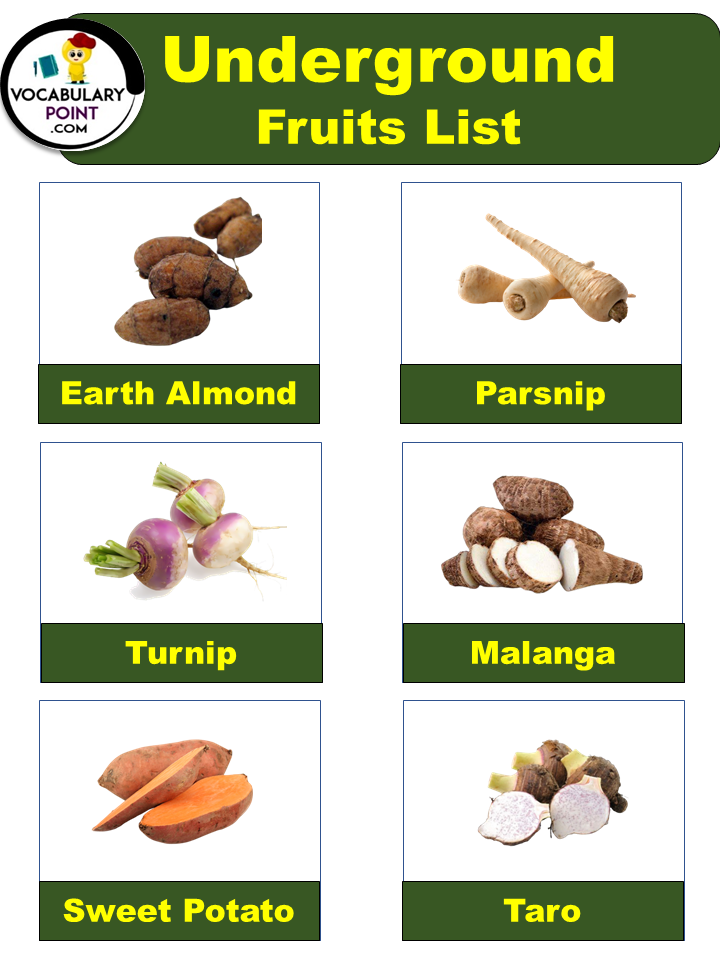
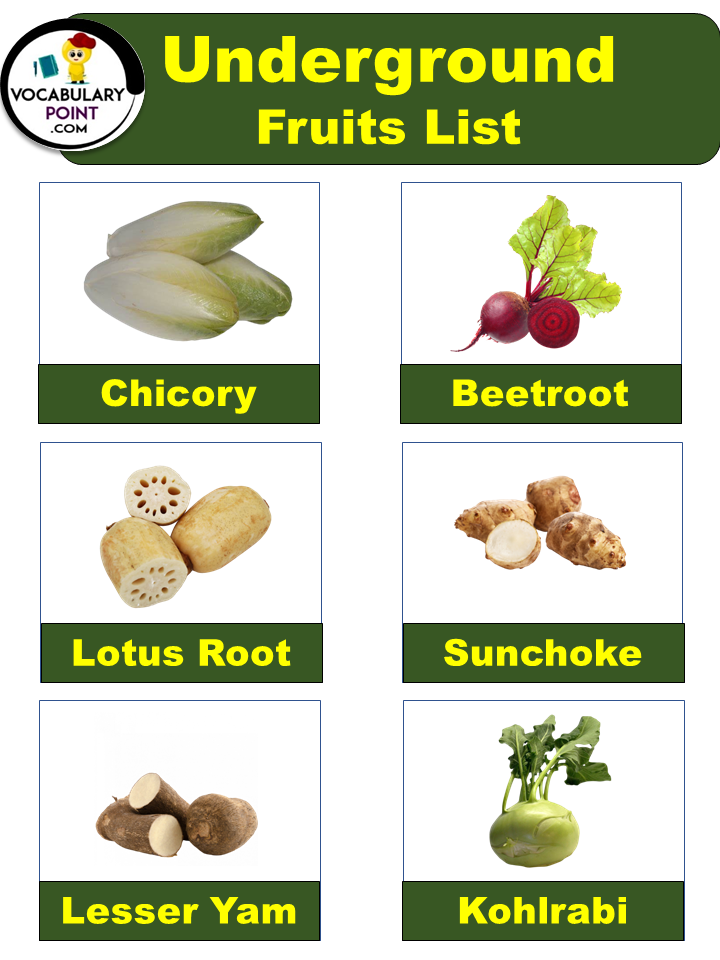
Underground Fruits And Vegetables
Chicory
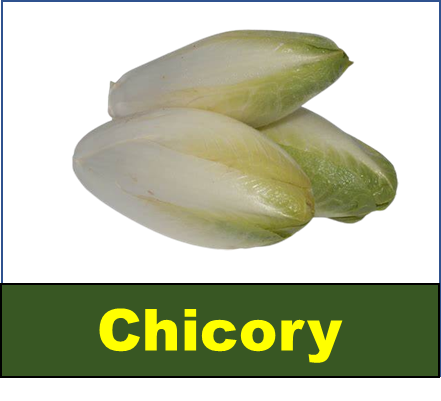
- Liver Health Support:
Chicory contains antioxidants that help protect the liver from oxidative stress, potentially aiding in detoxification processes and contributing to overall liver health.
Beetroot
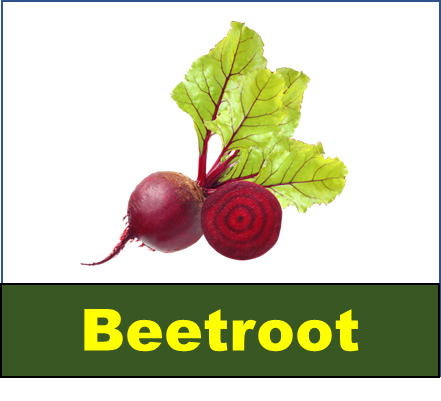
- Cognitive Enhancement:
Nitrates present in beetroot also offer cognitive benefits. They can enhance blood flow to the brain, leading to improved cognitive function, better memory retention, and potentially reducing the risk of cognitive decline as one ages.
Lotus Root
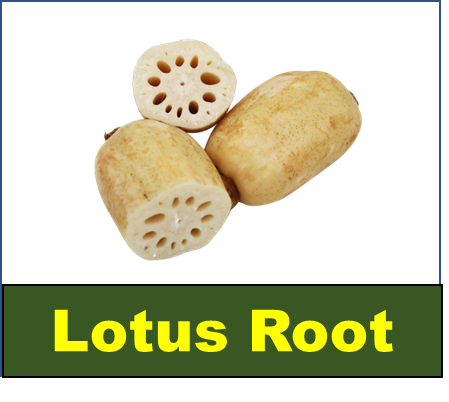
- Dietary Fiber Source:
Lotus root is a notable source of dietary fiber, aiding in promoting healthy digestion. Its fiber content helps prevent constipation, supports regular bowel movements, and contributes to a balanced gut environment.
Sunchoke
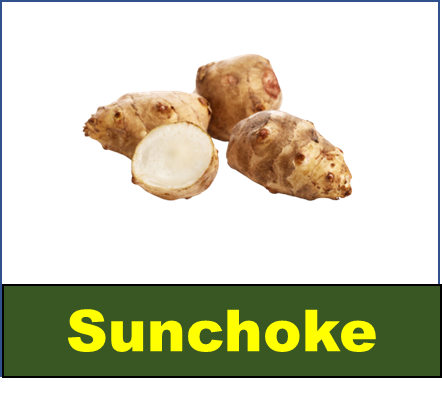
- Blood Sugar Regulation:
Sunchoke, also known as Jerusalem artichoke, contains inulin, a type of soluble fiber that can help regulate blood sugar levels. Inulin slows down the digestion of carbohydrates, preventing rapid spikes in blood sugar and promoting better glycemic control.
Lesser Yam
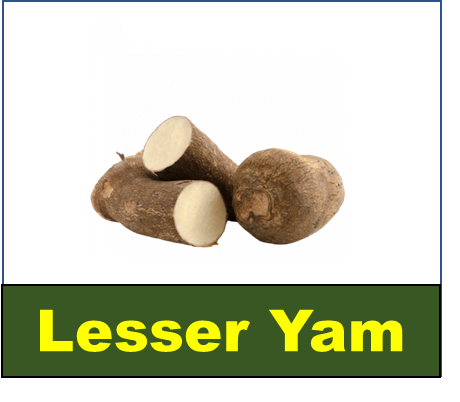
- Dietary Fiber Content:
Lesser yam is rich in dietary fiber, which supports healthy digestion by promoting regular bowel movements, preventing constipation, and maintaining gut health.
Kohlrabi
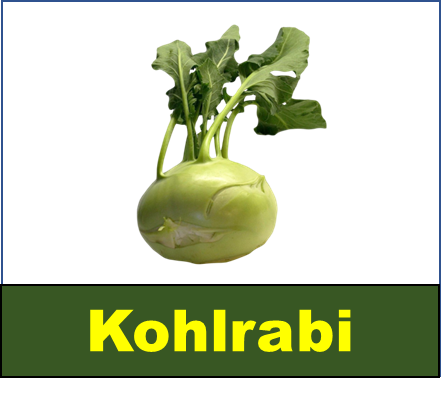
- Rich in Nutrients:
Kohlrabi is a nutrient-dense vegetable, providing essential vitamins such as vitamin C, vitamin B6, and vitamin K. These vitamins support immune function, metabolism, and bone health.
Earth Almond
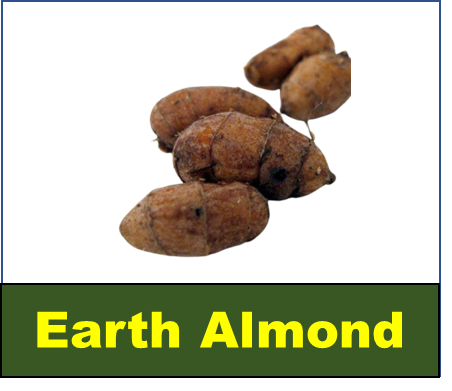
- Nutrient-Rich:
Earth almonds, also known as tiger nuts, are packed with essential nutrients such as fiber, healthy fats, and vitamins E and C. These nutrients contribute to overall health, skin vitality, and immune system support.
Parsnip
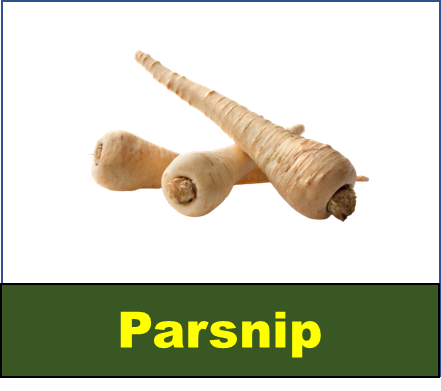
- Rich in Nutrients:
Parsnips are a nutrient-rich root vegetable, containing vitamins such as vitamin C and vitamin K, as well as minerals like potassium and folate. These nutrients support immune function, bone health, and overall vitality.
Turnip
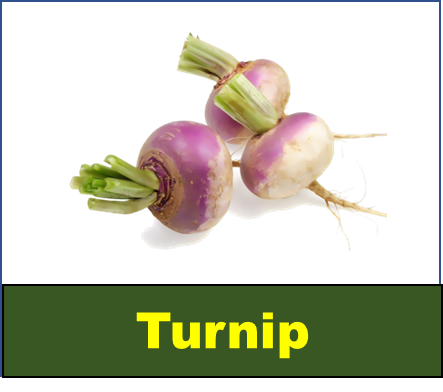
- Vitamin-Rich:
Turnips are a great source of vitamins, including vitamin C, vitamin K, and vitamin B6. These vitamins support immune function, blood clotting, bone health, and energy metabolism.
Malanga
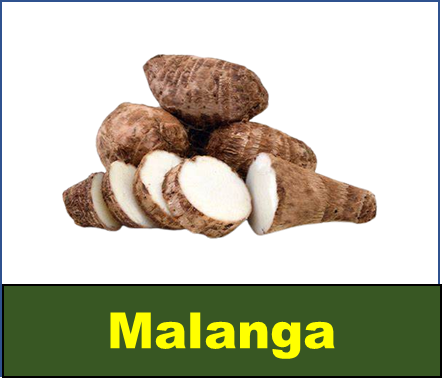
- Low Glycemic Index:
Malanga has a relatively low glycemic index, which means it causes a slower and more gradual rise in blood sugar levels. This can be beneficial for individuals looking to manage blood sugar levels, especially those with diabetes or those seeking to prevent blood sugar spikes.
Sweet Potato
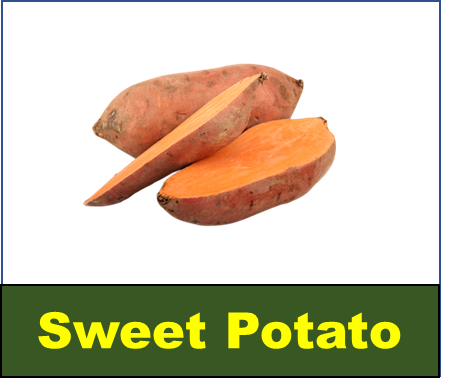
- Rich in Antioxidants:
Sweet potatoes are abundant in antioxidants like beta-carotene, which is converted into vitamin A in the body. These antioxidants help protect cells from oxidative stress and may lower the risk of chronic diseases.
Taro
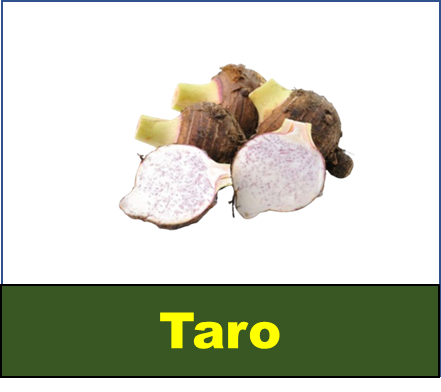
- Energy and Sustenance:
Taro is a starchy root vegetable that provides a good source of complex carbohydrates, offering sustained energy release. It can be a valuable addition to diets of individuals who require enduring energy levels, such as athletes or those with active lifestyles.
